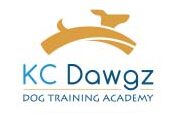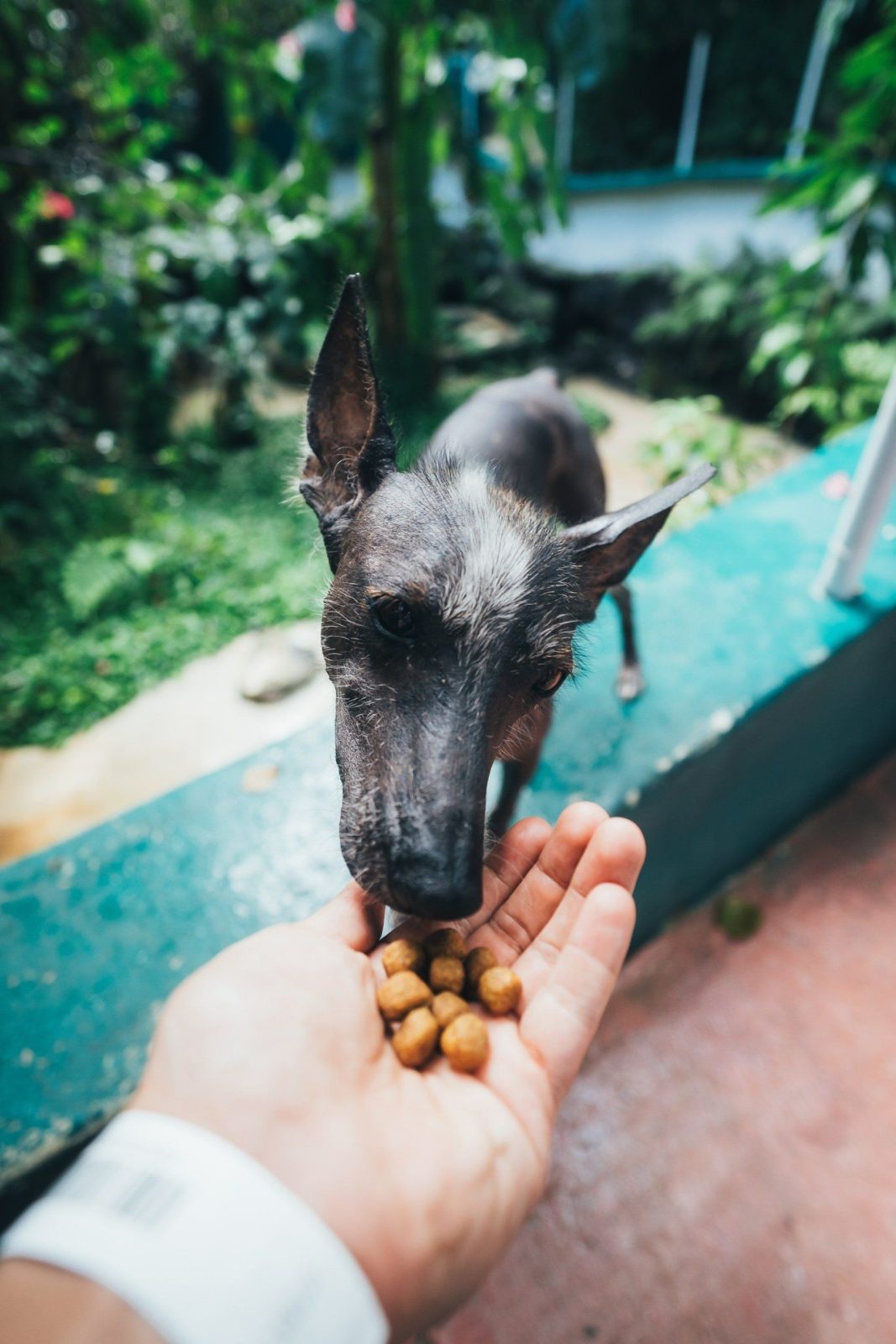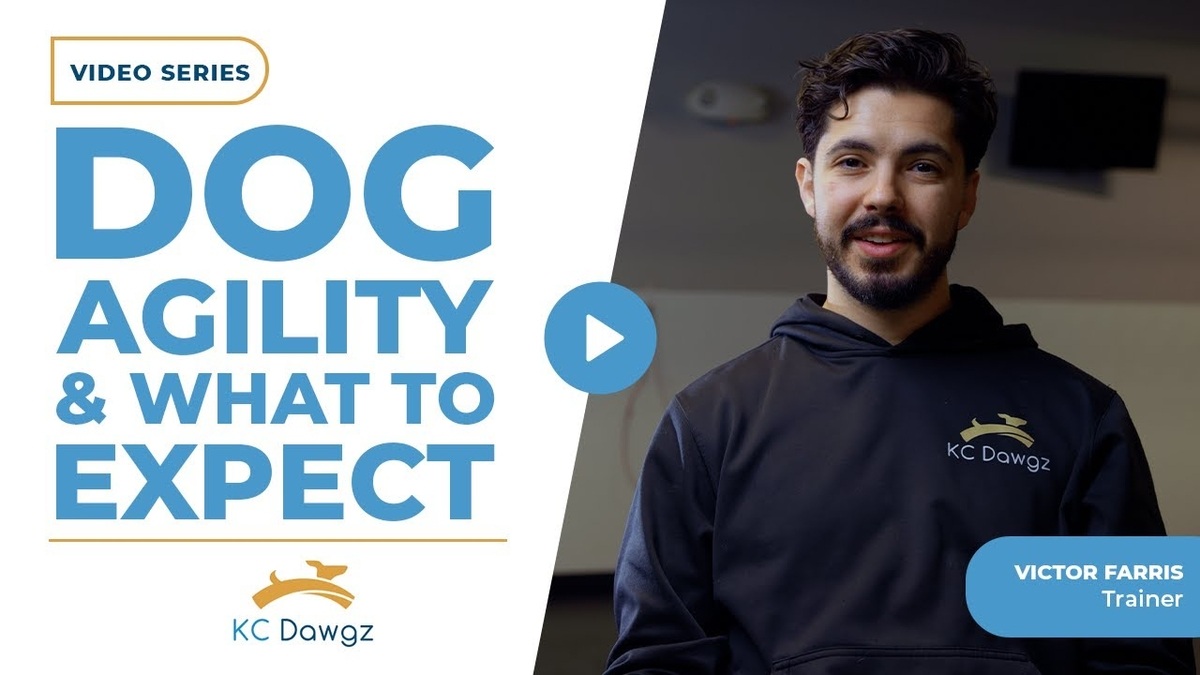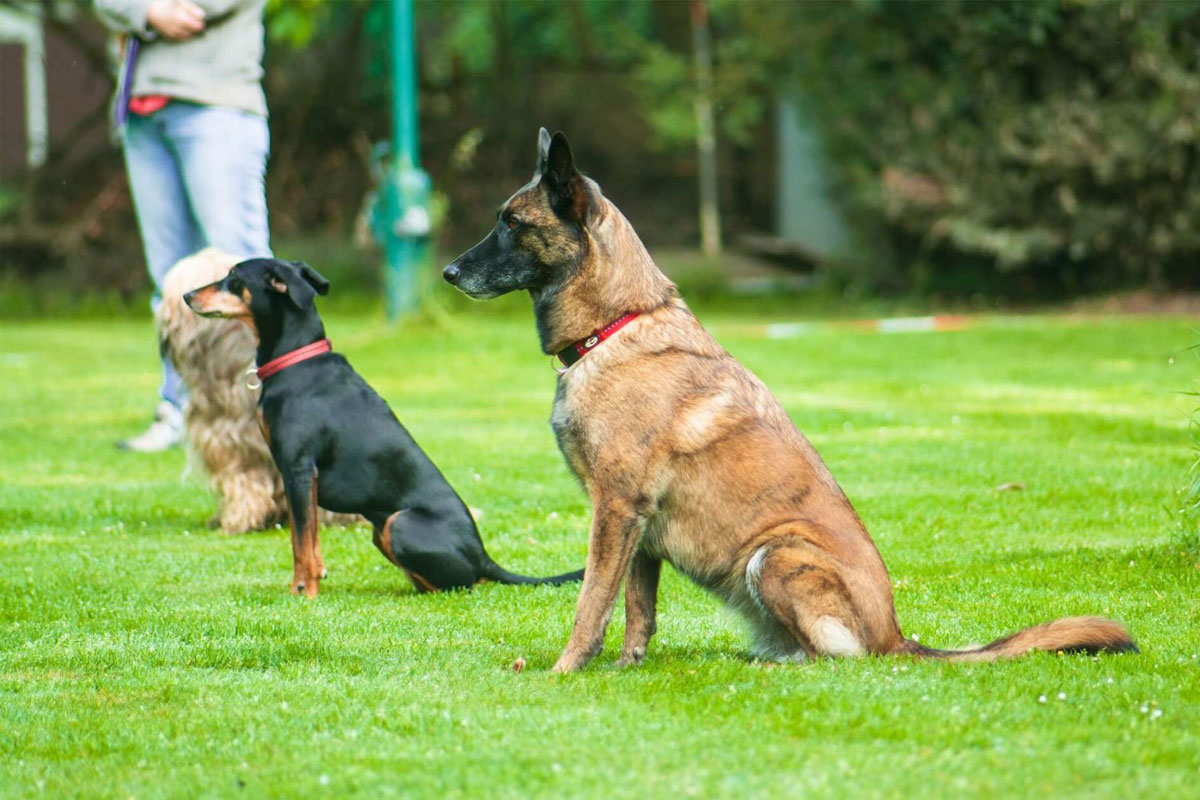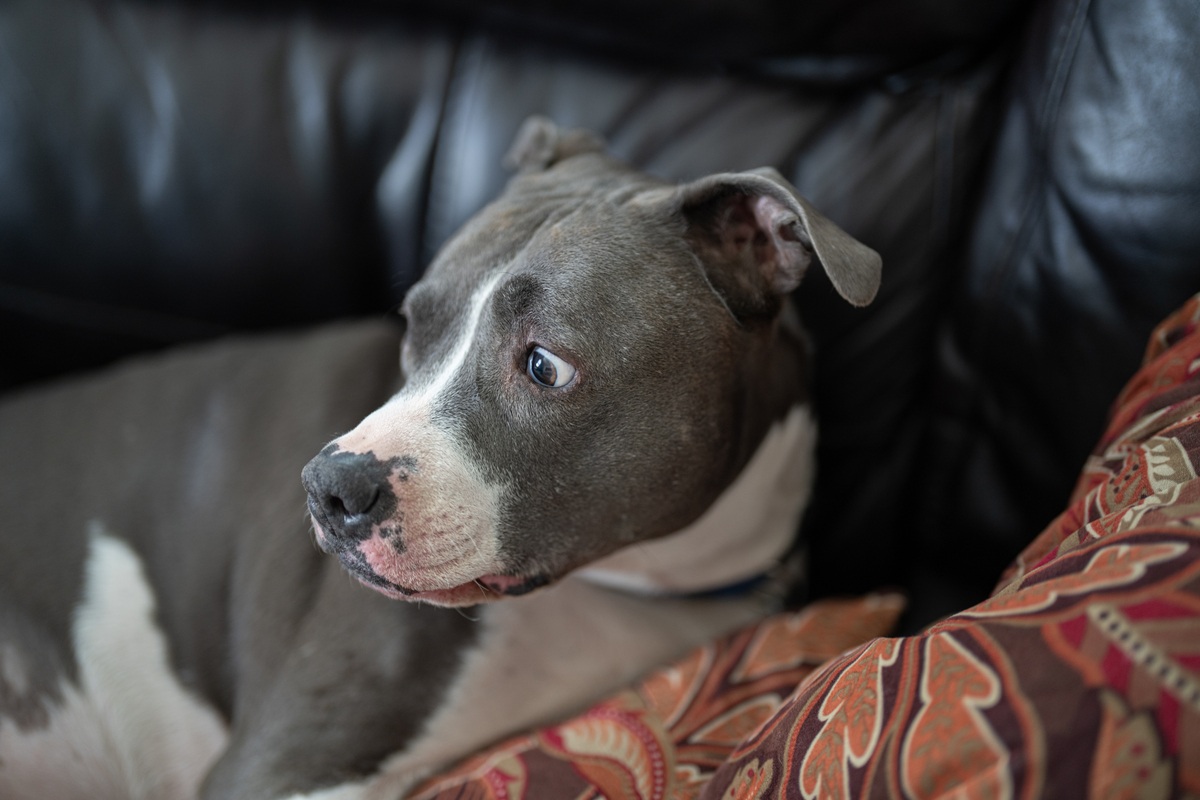Why do some dogs act aggressively over food?
Well, food is a resource, a vital one, so it has a lot of value for most dogs. This behavior falls into the broader category of Resource Guarding. Some dogs will behave this way with toys, or even their owners, but food aggression tends to be the most common.
First, we need to understand why this behavior occurs. Since food is a vital resource, it makes sense that a dog would try to protect it. This traces back to their wild ancestry. Before humans provided a consistent food source, dogs had to hunt and fend for themselves. If they allowed other dogs to take their food, they would soon starve. Survival demanded that they be able to protect it from others. There are many dogs that still live this way. Strays who are on their own for extended periods need to be able to use this instinct, which is why it is still present.
Now that we know a little bit about why this behavior occurs, what can we do about it? Any form of aggressive behavior is potentially dangerous for both the dog and the owner. Even a small dog or puppy can cause significant damage, and the liability should they bite a human can be harsh. Finding a qualified trainer is critical. Knowing how to react at the moment, and how far and when to push the dog during training comes from education and experience. We see this problem frequently at KC Dawgz, and we love helping dogs and their owners get over this struggle and build a closer bond.
Like any problem behavior, the sooner it can be addressed through training, the better. Ignoring or letting the problem continue can have drastic effects. Dogs learn through repetition of experience. If acting aggressively to protect their food works, it increases the likelihood of the behavior happening again. Each time it works (even if it only “works” in their mind), it becomes more and more likely and more and more intense. After enough success, this turns into the default behavior in that situation. Additionally, it can spread to other things as well since it has turned into a viable option for the dog. The risk involved in dealing with this behavior in an inappropriate way is just as high. It can magnify the problem, and it can severely impact the relationship that you have worked so hard to build with your dog.
If you haven’t noticed this behavior in your dog, or have just brought a new dog home, there are some things you can do to help prevent this from becoming an issue – like having your dog earn their food. It doesn’t have to be anything overly complicated or taxing. It can even be an easy way to start a new training routine. Start by measuring out the amount of food you would normally feed at mealtime. Next, give your dog behavior to perform. Simple things like “Sit”, “Down”, or “Come” that they might already know can be done in the house. Each time the dog performs the behavior correctly reward them with some food. If your dog is totally new to training and doesn’t know any commands yet, don’t worry; this game can be used to teach them things from scratch as well. You can use the food to begin showing them behaviors or tricks. Use the food to guide their body into positions, and then reward them. As they progress, they will start to go into positions more easily and quickly.
